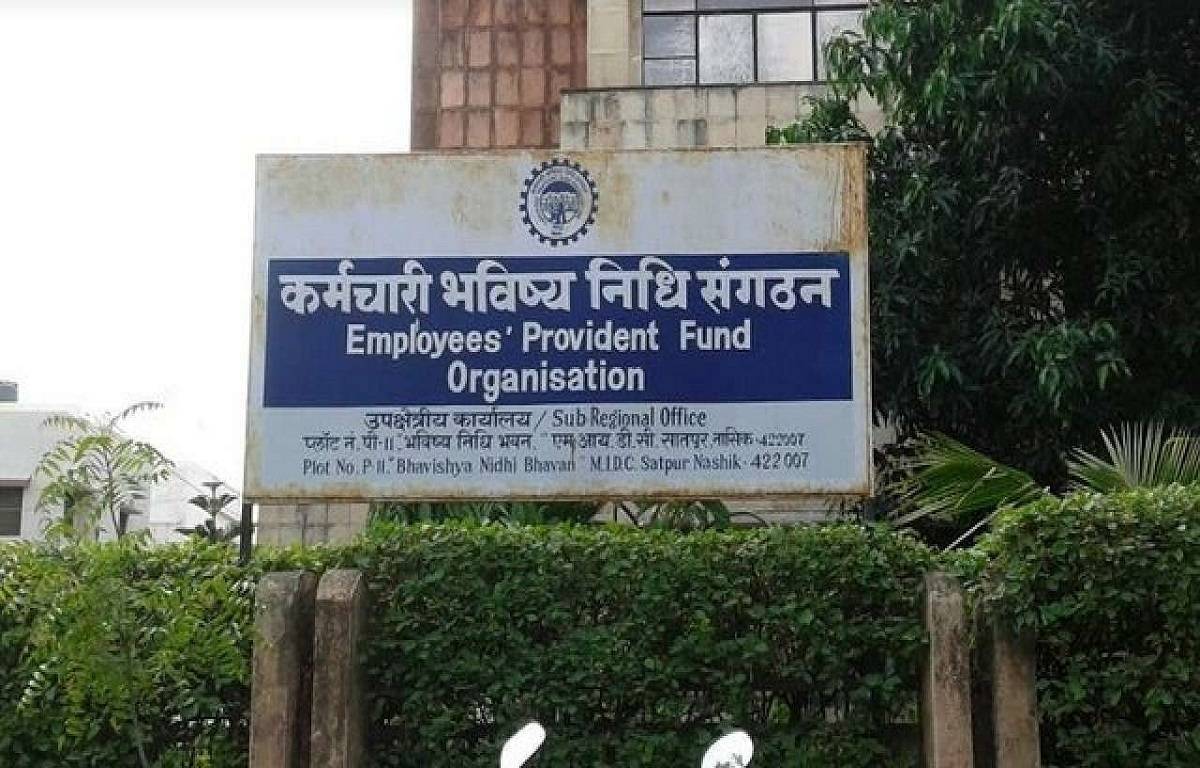
After a specific term of service, the Employees' Provident Fund Organization (EPFO) offers pension benefits to the employees. Therefore, in accordance with EPFO regulations, 12% of an employee's basic pay is deposited in EPFO, of which 8% is designated for the pension account and 3.7% for the Employees' Provident Fund (EPF).
What transpires, though, if an employee quits or takes a break in the middle of their transition? Do they lose their entitlement to a pension? According to EPFO regulations, an employee's job duration is taken into consideration even if they take a break in the middle. To put it another way, if a worker returns to their position after a few years away, their prior service will be counted against their present tenure.
An employee must have worked for EPF for at least 10 years in order to be eligible for the pension program. If an employee switches employers, their Unique Account Number (UAN) stays the same, and the overall length of their employment is determined by subtracting any breaks in employment.
Let's use the following scenario as an example: If a person works for a company for 7 years, then takes a year off, then returns for another 4 years of employment, their whole employment will be counted as 11 years. The employee will be eligible for EPF pension benefits in this situation. Additionally, according to EPFO regulations, if a person works for 9.5 years, they are eligible for a 6-month grace period that is equal to 10 years.
For those who earn a salary, the EPFO scheme is a crucial financial tool because it guarantees pension benefits after retirement. It is significant to emphasize that every EPFO subscriber should be informed of the job tenure criteria for pension eligibility.
Therefore, if you have taken a break from your job and are an EPFO subscriber, you can still benefit from the pension plan by assuring a total job duration of at least 10 years.
















